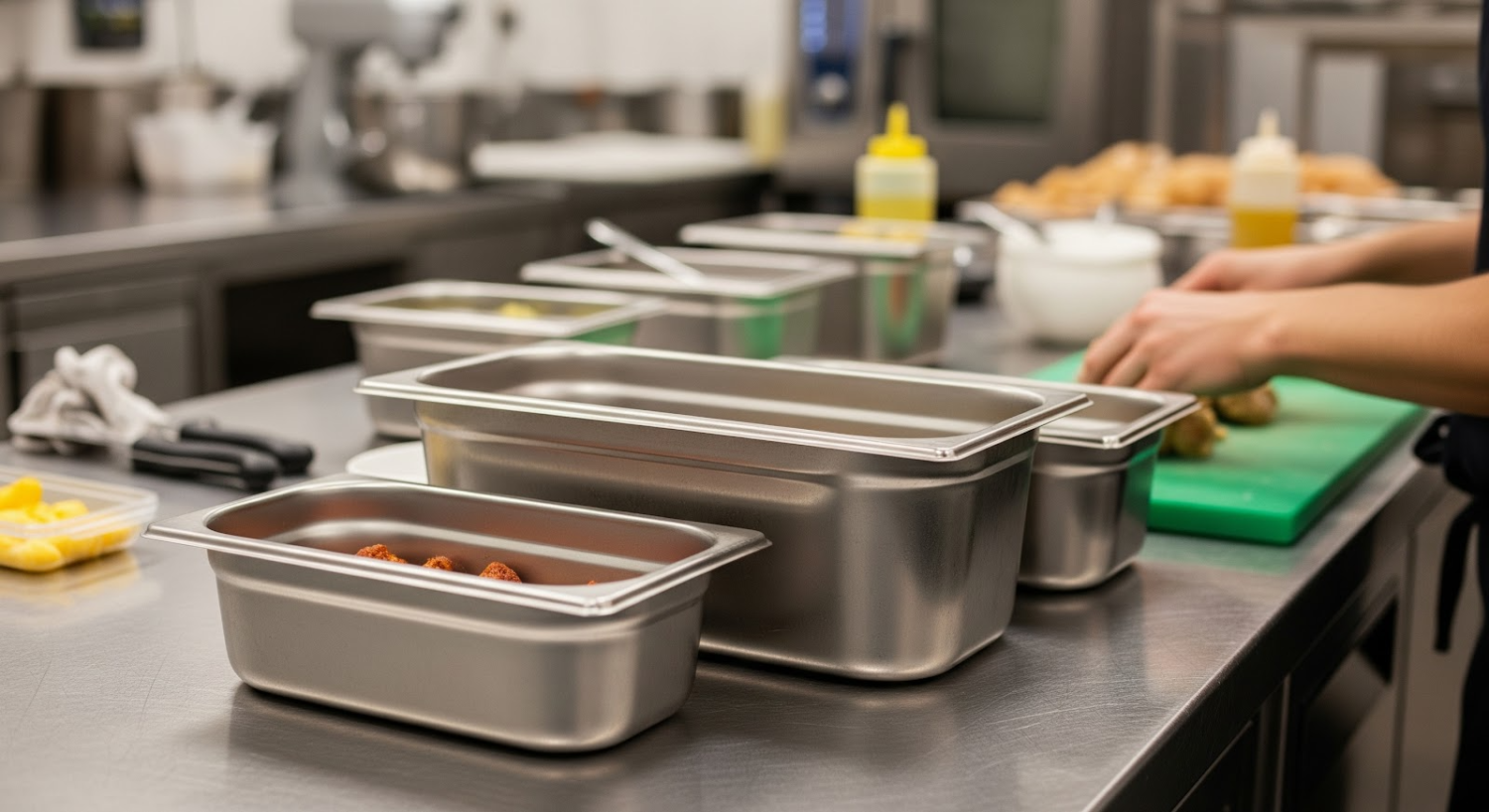
Mass food production transcends mere cooking. Success demands a perfectly synchronised operation where people, ingredients, and equipment function harmoniously. In these expansive culinary environments, efficiency becomes the critical ingredient for profitability and consistency. Poor layouts, disorganised workspaces, or flawed workflows don’t merely slow service; they directly compromise food quality, increase operational costs, and create unnecessary staff stress. Excellence here depends entirely on strategic space utilisation and meticulous process management, transforming potential chaos into seamless performance capable of handling intense service rushes.
Strategic Layout Planning
Effective commercial kitchen design begins long before equipment installation. Thoughtful planning starts with intelligent zoning, creating distinct, purpose-driven areas for specific tasks to minimise movement and cross-contamination risks. Envision a clearly defined path guiding ingredients from delivery through preparation zones, past cooking stations, into plating areas, and finally to service points. This intentional design eliminates frustrating cross-traffic while establishing smooth workflow channels that staff navigate instinctively. Team members focus entirely on culinary tasks without wasting energy searching for tools. Implementing standardised systems like Euro containers from Caterbox fundamentally supports this operational flow from receiving to service.
Storage Solutions Selection
High-quality storage containers form the backbone of any organised commercial kitchen. Consistency in container selection proves critical for efficiency and safety. Mismatched bins inevitably lead to visual clutter, operational delays, and food safety concerns. Standardised units stack neatly and fit perfectly on shelving throughout the facility. This compatibility allows ingredients to move effortlessly through each preparation stage without time-consuming repacking, saving labour hours while upholding cleanliness standards. Proper containers make inventory management noticeably simpler while reducing physical handling efforts from delivery to plate.
Ingredient Preservation Methods
Maintaining ingredient quality from receiving through final preparation remains paramount in large-scale food production. Appropriate storage solutions provide the primary defence against spoilage and contamination. Different food categories present distinctly different requirements that must be addressed specifically. Dry goods like flour and spices need securely sealed protection against moisture and pests. High-volume preparation areas require exceptionally durable, easy-to-clean containers that can be swiftly swapped during busy periods. Fresh produce often demands specialised ventilation to maintain freshness, while raw meats necessitate secure, clearly labelled units to prevent dangerous cross-contamination incidents.
Service Station Optimisation
The plating area represents where kitchen efficiency becomes most visibly apparent. Disorganisation at these critical stations can completely halt service during peak periods. Modular containers bring essential order and predictability to this crucial process. Pre-prepared components stored in uniform, stackable units allow for tidy, logically arranged workstation setups. This thoughtful organisation helps line cooks work with greater speed and consistency under pressure. Well-designed plating stations with standardised containers reduce movement, minimise errors, and maintain presentation standards throughout service.
Sanitation and Space Utilisation
Appropriate storage solutions significantly support both cleanliness protocols and space optimisation efforts. Commercial-grade plastic containers withstand repeated washing in industrial dishwashers without warping. Their sturdy, consistent shapes enable secure stacking and space efficiency throughout storage areas. Shelving units and walk-in coolers transform into organised, high-capacity spaces that simplify inventory management and cleaning procedures. These containers also contribute to better air circulation in coolers and more efficient use of valuable kitchen real estate, supporting both food safety and operational efficiency.
Scalability Considerations
A standardized storage system effectively supports seamless operational expansion as business increases, allowing new containers to integrate directly with existing equipment without compatibility issues while avoiding costly system overhauls and maintaining operational familiarity for staff members; this forward-thinking approach reduces long-term labor requirements, minimizes food waste through better organization, and protects quality standards during growth periods, making the initial investment in a proper container system yield continuous returns through improved efficiency and reduced operational friction as the kitchen scales.







